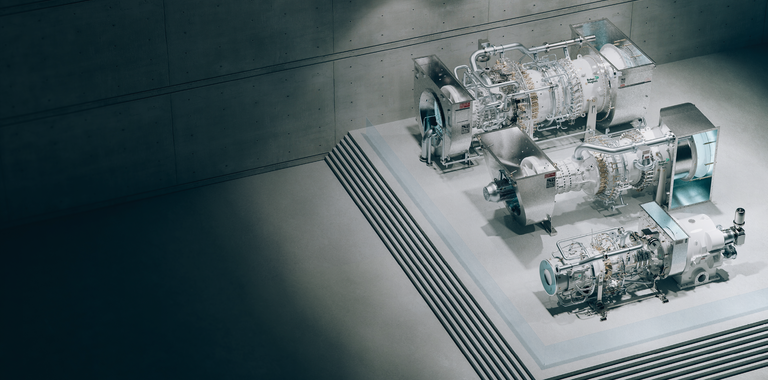Case Study
Lower-emissions manufacturing for gas turbines
Apr 22, 2022
Our commitment to protect the environment has never been more important. Between 2017 and 2020, Baker Hughes collaborated with the University of Perugia to assess the main drivers of carbon emissions in the lifecycle of a gas turbine.
The resulting methodology enables easy and fast eco-design evaluations and supports sustainable design assessments. Preliminary analysis of the entire processes involved in gas turbine design and production, as well as testing and commissioning phases, were performed to evaluate which factors have the most effect on the carbon footprint of each process.

